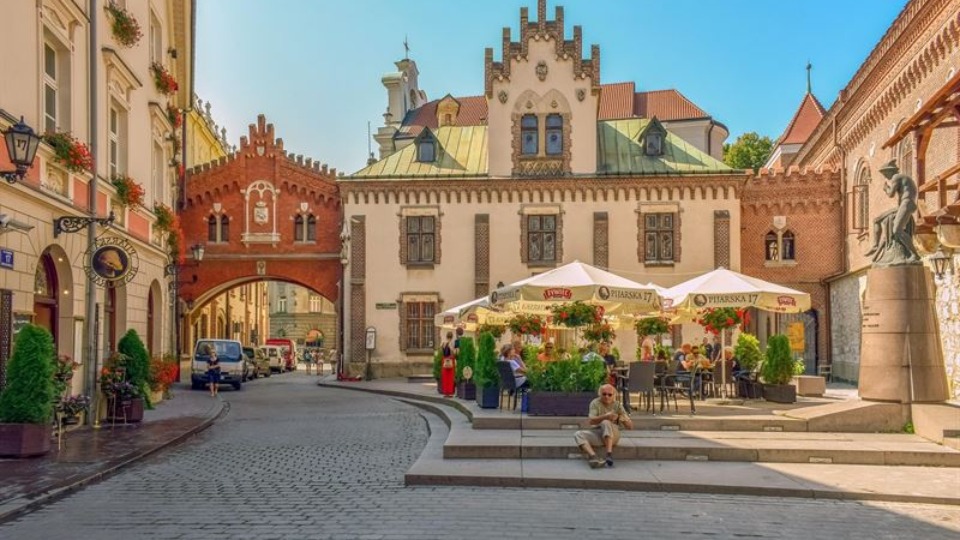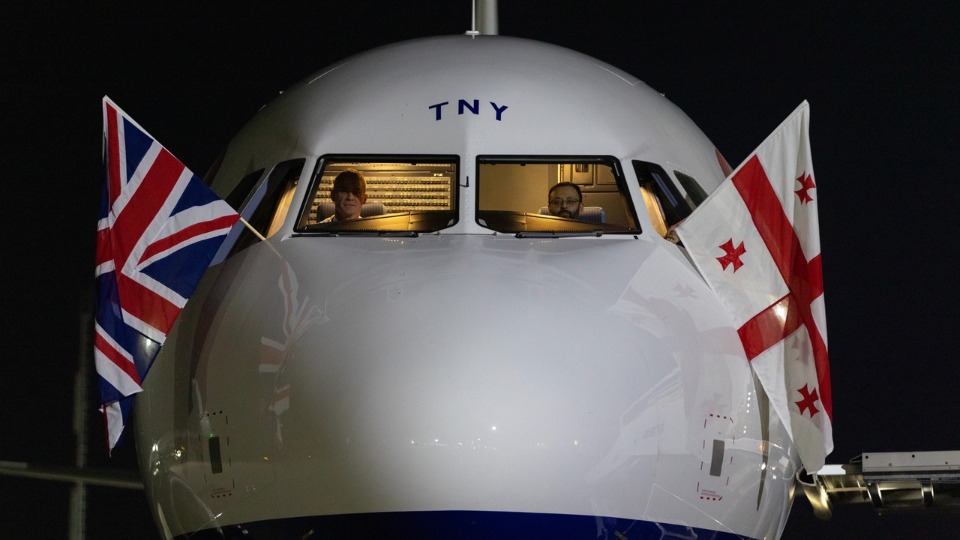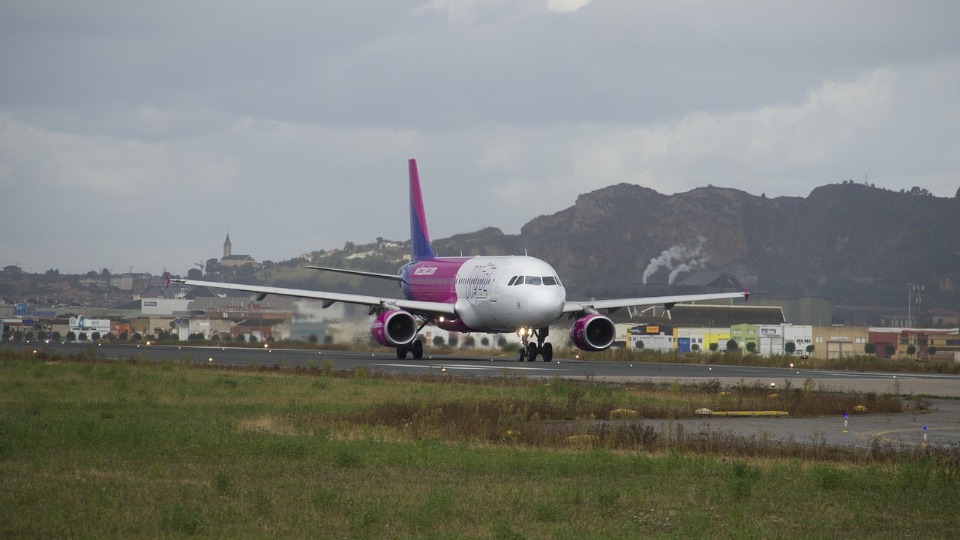
Rolls-Royce Started Testing Its Turbine Engine with Hydrogen

Rolls-Royce has passed a major milestone by easyJet with the successful first run of a hydrogen-powered commercial aircraft motor.
Rolls-Royce showcased its AE2100 test engine in September at the EasyJet conference. This was part of the airline's plan to zero-emission aviation. Today, the BBC reported that Rolls-Royce has begun hydrogen testing using the AE 2100 in partnership with easyJet.
Rolls-Royce entered into a multi-million-pound carbon removal and hydrogen engine project with EasyJet. EasyJet supports the Airbus Zero program, as hydrogen is the most promising for zero-emission aviation. This program is designed to put the first zero-emission commercial aircraft into service by 2023, using hydrogen technology.
Strong teams are essential for the job
Rolls-Royce is collaborating with easyJet to test two Rolls-Royce engines: the AE2100 turboprop and Pearl 15 jet engines. These engines are used on the Bombardier Global Express 5500 and 6500 business planes. It is intended to show that a jet engine can be run and controlled with hydrogen fuel.
Today's BBC report stated that tests showed that a hydrogen-powered jet engine can be started up and run at low speeds. The initial ground test was successful, which is no surprise given the expertise and resources Rolls-Royce has. Alan Newby, director of aerospace technology at Rolls-Royce, said:
"Normally, we would run this thing on kerosene. Kerosene is a hydrocarbon and therefore produces carbon dioxide when it burns. The beauty of looking at a fuel like a hydrogen is that it doesn't contain any carbon and, therefore, when it burns it produces no CO2."
EasyJet, its partner, believes hydrogen is the best way towards net-zero aviation. This was the conclusion that the leading low-cost carrier came to, and it started by exploring battery technology. David Morgan, EasyJet's chief operational officer, stated:
"We looked at battery technology, and it was quite clear that the battery technology was probably not going to do it for the large commercial aircraft that we fly. We've come to the conclusion that hydrogen is a very exciting proposition for us."
Hydrogen has a long road ahead
Although sustainable aviation fuel (SAF), is being used to power flights, widespread adoption of it suffers from a shortage of fuel and infrastructure. SAF can be used by aircraft and engines. Therefore, it is not necessary for the airline industry to shift to SAF. But, hydrogen-powered commercial aviation will not require much of the aviation ecosystem to be redesigned or adapted.
To convert hydrogen to liquid, it must be cooled to -253C before being turned into fuel to power the engine. Liquid hydrogen occupies four times as much space as kerosine. Therefore, new fuel tanks will be required. Newby states that it will require "big change from the aircraft point of view."
"They're going to have a tank containing the hydrogen [and] you've got to keep it at this really cold temperature. Then there's the issue of how you feed it through the engine as well."
Green, green all the way
Most people know that hydrogen is not always an environmentally friendly option. Even the so-called "blue hydrogen" is being criticized for its dangerous properties. Rolls-Royce AE 2100 uses hydrogen from the European Marine Energy Centre in Orkney Islands, Scotland. According to the report, it is created using an electric current to separate water into hydrogen and oxygen. It is a reliable green fuel because it uses both wind and wave power to produce the electricity.
Although it may seem like a small milestone, starting the engine and running it with hydrogen is a significant step on the road to net Zero Aviation by 2050.
Source: simpleflying.com








